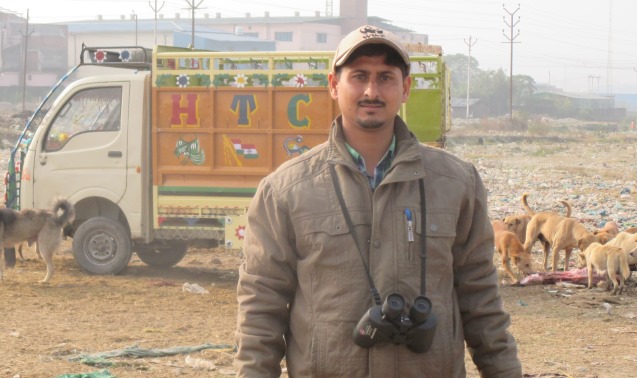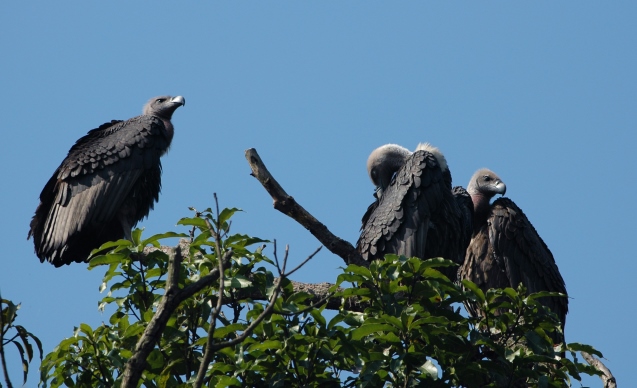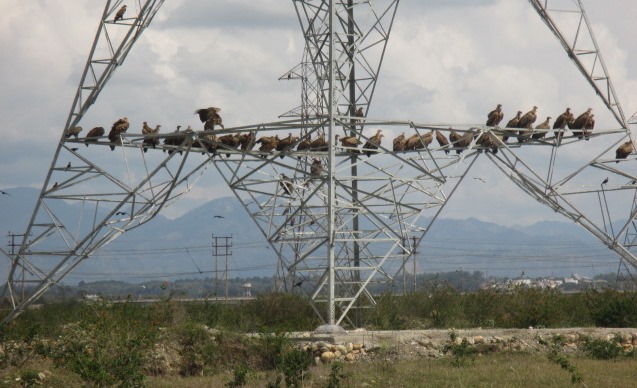I had the pleasure of managing the Conservation Leadership Programme’s (CLP) 2017 Conservation Management & Leadership Workshop in Sulawesi, Indonesia from June 28 – July 13. This training course brought together 21 rising conservation leaders who, throughout two weeks, gained not only practical skills and knowledge, but an increase in confidence, motivation, and an awareness of their strengths as leaders in this field. Allow me to introduce you to a few of our rising leaders who use their strengths to inspire change from the roots up. Meeting them has certainly inspired me!
Niomi Pridina is a rising conservation leader in Indonesia
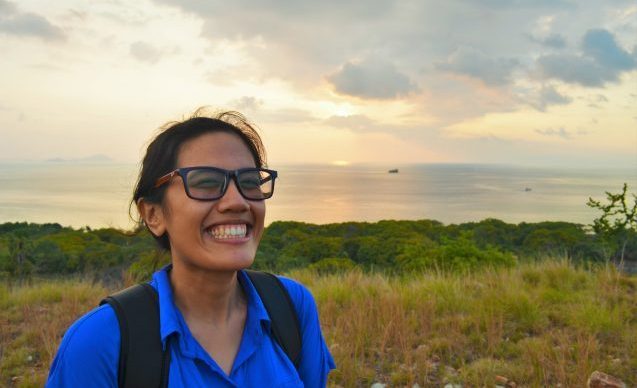
“I bring a sense of excitement to face challenges in my work. This allows me to stay positive throughout the project as I adapt to changes. The CLP training course helped me understand my inner strength and build a strong global network with other leaders in conservation.” Niomi is part of the 2017 CLP project “Using light to reduce mobula ray by-catch in Indonesia’s small-scale fisheries.”
Alfonso Hernández Ríos is a rising conservation leader in Mexico
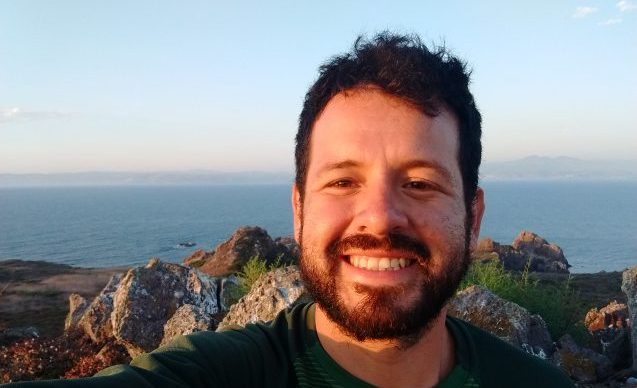
“I bring passion and innovation to my work. These strengths allow me to try different paths as I look for new solutions to current conservation issues. I appreciated the CLP training course because it provided me with tools to improve my conservation decisions and allowed me to build bridges within a network of committed conservationists.” Alfonso is part of the 2017 CLP project “Conservation status of Craveri’s murrelet in Mexico.”
Zoya Irshad Tyabji is a rising conservation leader in India
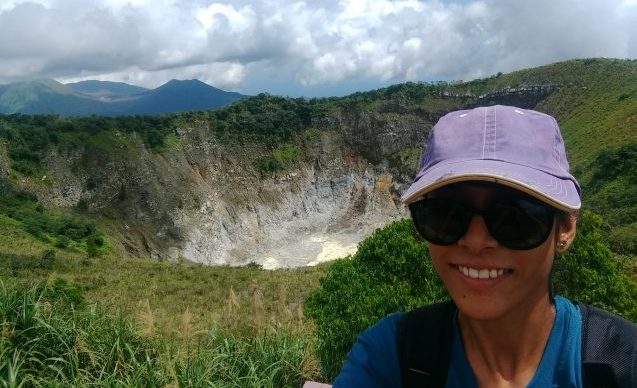
“I bring commitment and focus to my work. These strengths allow me to be diligent and pursue my goals, especially in difficult situations when the odds are against me. The CLP training course helped in both my personal and professional growth. I became more confident, aware and appreciative. I also gained valuable knowledge about leadership styles, project planning, stakeholder engagement, and behavior change which will help in the current project and future endeavors.” Zoya is part of the 2017 CLP project “Assessing the status of threatened elasmobranchs in the Andamans, India,” funded by Arcadia – a charitable fund of Lisbet Rausing and Peter Baldwin.
Abdulrahman Rashid Mubarak Al Hinai is a rising conservation leader in Oman
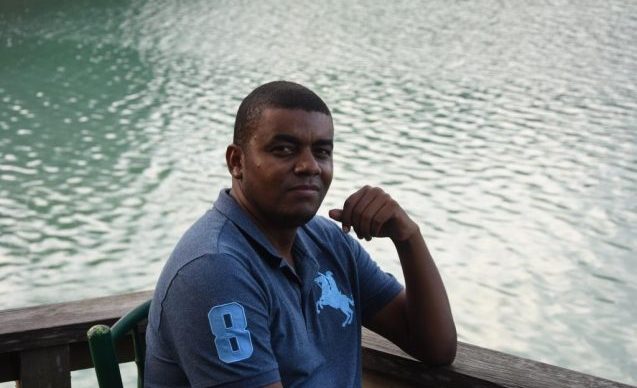
“Two of my leadership strengths are self-motivation and the ability to work as a team player. These qualities allow me to motivate other project members to achieve the best results we can. I appreciated the CLP training course because it gave me the opportunity to identify my strengths and share them with the group. The training provided tools that helped me become a better leader, for example by understanding the unique strengths of each person on the team and the value of using these strengths to improve the project.” Abdulrahman is part of the 2017 CLP project “Conservation assessment of Arabian dragon tree (Dracaena serrulata) in Oman,” funded by the Global Trees Campaign.
Chaona Gertrude Phiri is a rising conservation leader in Zambia

“I bring focus, determination, and persistence to my work. These strengths allow me to get my hands dirty with my team and keep pushing until we achieve our goal. I appreciated the CLP training course because it proved a very rare opportunity to be with people within my age group, with the same passion I have for biodiversity conservation and facing the same challenges that I face. Although we are all working in different countries, our problems are the same. In addition to having the training itself, I also got a lot of helpful tips from my new friends on how to deal with some of my challenges.” Chaona is part of a 2017 project funded by the BirdLife/Birdfair Young Conservation Leaders Award. The title of her project is “Assessing breeding probability of slaty egrets (Egretta vinaceigula) on the Barotse Floodplain, Zambia.”
The Conservation Leadership Programme is a partnership of three non-government organizations including the Wildlife Conservation Society, Fauna & Flora International, and BirdLife International. Drawing upon the expertise of conservation professionals from across the globe, CLP directs project funding and training to early career leaders from developing countries who are tackling priority conservation challenges. Over more than 30 years, CLP has provided important career stepping stones to over 2,600 individuals who now form an extensive global network of conservation practitioners.
We appreciate the support of our donors whose investment has made this training possible. Our donors include: BP plc, American Express Foundation, Arcadia – a charitable fund of Lisbet Rausing and Peter Baldwin, the Global Trees Campaign, and the British Birdfair.

